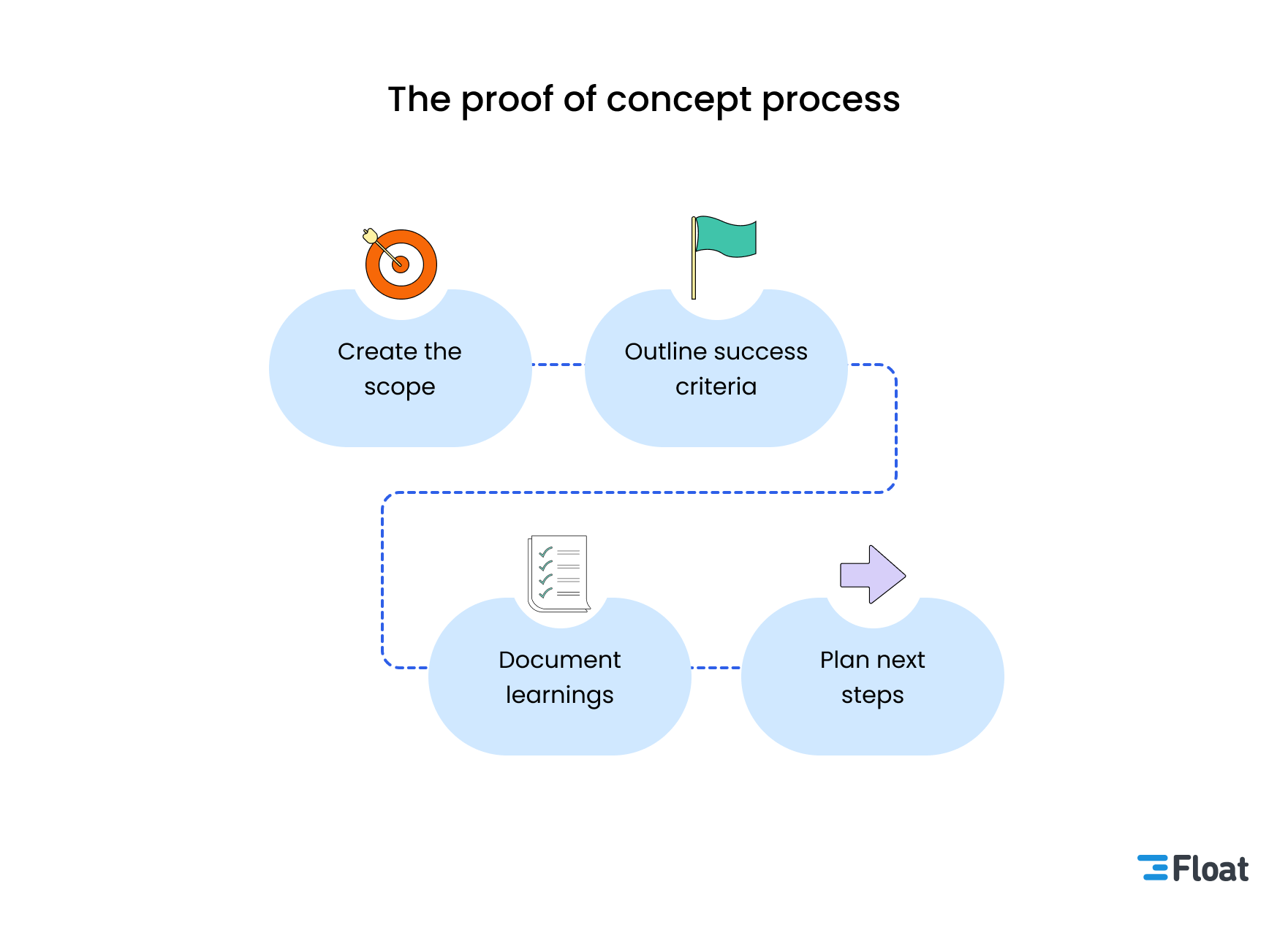What Is Proof-of-stake? A Full Beginner’s Information In 2025
In Contrast To mining, it lets customers “stake” cash to validate transactions, inspiring modern networks like Ethereum Consensus Layer and Cardano to prioritize power efficiency and broader participation. Since every node validates independently, the network needs a way for all the nodes to come to settlement on which transactions are legitimate and which are not. The algorithm that a network uses to come back to agreement is called a “blockchain consensus protocol.” Completely Different blockchains use totally different consensus protocols. Proof of Stake is simply one in style number of a consensus protocol. Proof of labor Anti-Money Laundering (AML) is the original blockchain proof of work system that underpins pioneers like Bitcoin. It’s a consensus method where miners use computational energy to resolve cryptographic puzzles, securing the network and validating transactions.
What Is Staking?
Understanding proof of labor vs proof of stake helps clarify why Bitcoin works the best way it does, and why newer blockchains like Ethereum have chosen to evolve. Proof-of-Stake (POS) uses randomly chosen validators to confirm transactions and create new blocks. Proof-of-Work (POW) makes use of a aggressive validation method to confirm transactions and add new blocks to the blockchain.
Beginner Friendly, No-kyc Access To Crypto Futures Buying And Selling
- Launched in 2009, Bitcoin’s continued reliance on PoW is deliberate, its development neighborhood prioritises security and decentralisation over scalability and power efficiency.
- For cryptocurrencies under PoS, there’s a similar idea referred to as staking pool, wherein a bunch of individuals swimming pools their cash collectively for a greater outcome.
- Understanding proof of labor vs proof of stake helps clarify why Bitcoin works the means in which it does, and why newer blockchains like Ethereum have chosen to evolve.
If they attempt to defraud the network (for instance by proposing a quantity of blocks once they should ship one or sending conflicting attestations), some or all of their staked ETH may be destroyed. Anyone with cash can stake, validate blocks, and assist run the community. From its origins as an thought on a discussion board, PoS now secures a few of the greatest crypto networks on the earth. As with any technology, it has its execs and cons, however it’s continuing to evolve rapidly. As blockchain adoption grows, Proof-of-Stake will probably play a central role in securing the decentralized future in an eco-friendly means.
Pos Consensus Mechanism
PoW mining tends to be profitable in regions with lower power prices, which inadvertently results in a kind of centralization of crypto mining in areas with plentiful, low-cost electrical energy. The data supplied on CompareCurrency.com is for informational and educational functions solely and shouldn’t be thought of monetary or investment recommendation. Trading and investing in cryptocurrencies, CFDs, or different monetary devices entails significant danger and is most likely not appropriate for all buyers. Always https://www.xcritical.com/ conduct your personal analysis or seek the guidance of with a licensed financial advisor before making any funding decisions. PoW’s clear assault prices and proven resistance to varied threats make it the conservative choice for applications where safety can’t be compromised. Dogecoin, initially created as a joke, uses PoW and shares mining infrastructure with Litecoin through merged mining, the place miners can concurrently mine each cryptocurrencies.

Background: The Origin Of Proof Of Stake
Validators vote for pairs of checkpoints that it considers to be legitimate. If a pair of checkpoints attracts votes representing a minimal of ethereum proof of stake two-thirds of the total staked ETH, the checkpoints are upgraded. The earlier of the 2 is already justified because it was the “goal” in the previous epoch. This strategy of upgrading the checkpoints is dealt with by Casper the Friendly Finality Gadget (Casper-FFG)opens in a brand new tab.
It randomizes the method as a substitute of constructing folks compete to unravel mathematical puzzles. This leads to a drastic reduction in energy consumption, which then minimizes community congestion and transaction fees. Total, PoS is still one of the essential improvements within the public blockchain sphere. But it’s not simply the innovation itself; it’s also led to loads of other progressive steps forward. For example, Proof-of-Stake has also constructed the foundations for new consensus mechanisms similar to nominated and delegated proof-of-stake. Whereas Ethereum was once a proof-of-work blockchain, the Ethereum proof-of-stake network is now in full swing.

Each proof-of-stake blockchain—like Ethereum, Cardano, or Solana—has completely different staking rules, minimum quantities, and reward models. This utterly eliminates the trouble of operating your personal validator but requires you to forfeit control over your cash to the exchange. Some exchanges may even permit you to declare your staking rewards immediately and not wait until Ethereum 2.zero reaches the docking section. In the Ethereum PoS system, each validator should stake the network’s native tokens (in this case, 32 ETH).
By 2024, this determine remained important, with estimates ranging between 120 TWh and one hundred seventy five TWh per 12 months. This consumption is just like the annual electrical energy utilization of nations like Poland or Sweden. According to Amaury Sechet, founding father of eCash, proof of stake isn’t without cons. A. The Ethereum blockchain operated on PoW until 2022 when it efficiently transitioned to PoS as a half of its Ethereum 2.zero upgrade. A. Proof of stake comes with dangers like losses associated to mistakes or fraud. It also faces the challenges of centralization and the “nothing at stake” phenomenon.

LEAVE A COMMENT